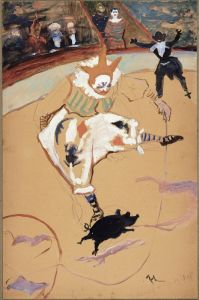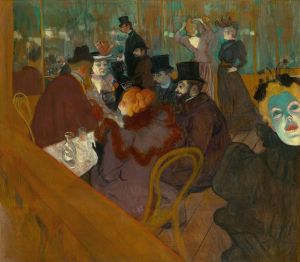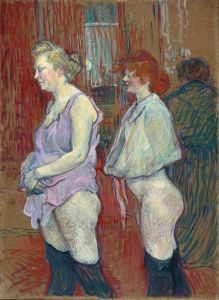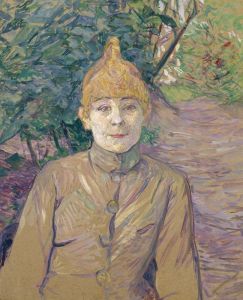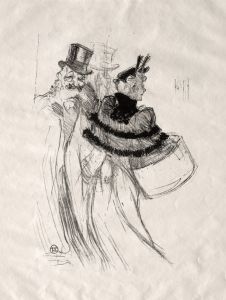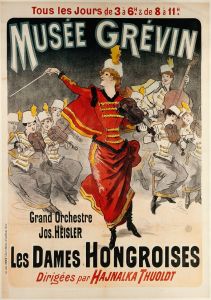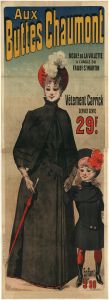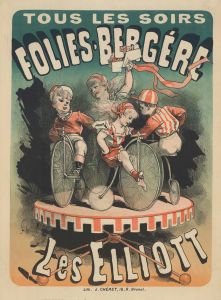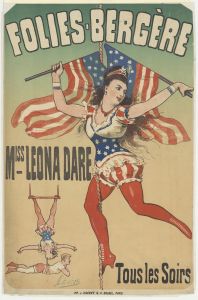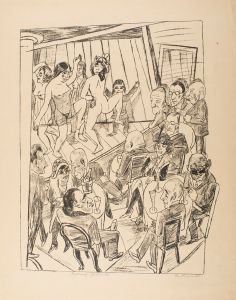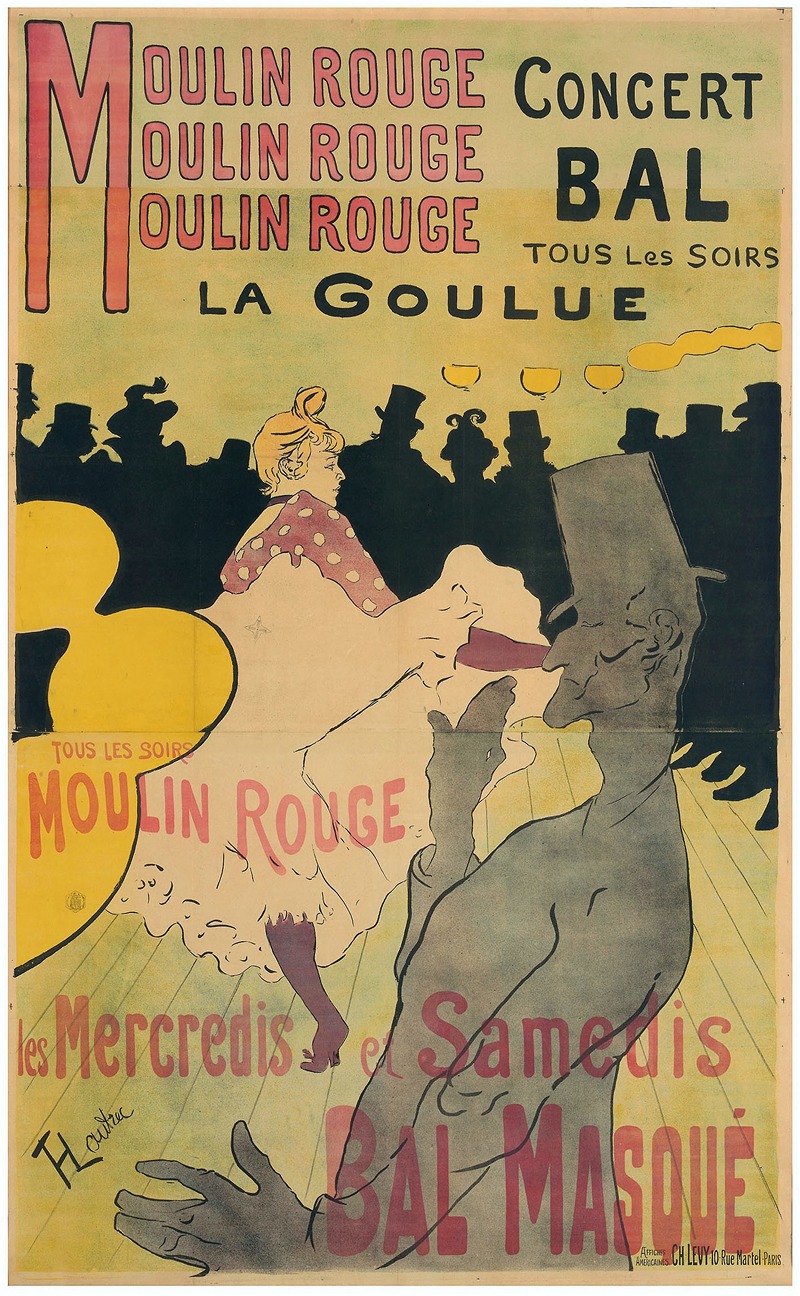
Moulin Rouge, La Goulue
A hand-painted replica of Henri de Toulouse-Lautrec’s masterpiece Moulin Rouge, La Goulue, meticulously crafted by professional artists to capture the true essence of the original. Each piece is created with museum-quality canvas and rare mineral pigments, carefully painted by experienced artists with delicate brushstrokes and rich, layered colors to perfectly recreate the texture of the original artwork. Unlike machine-printed reproductions, this hand-painted version brings the painting to life, infused with the artist’s emotions and skill in every stroke. Whether for personal collection or home decoration, it instantly elevates the artistic atmosphere of any space.
"Moulin Rouge, La Goulue" is a renowned poster created by the French artist Henri de Toulouse-Lautrec in 1891. This work is one of the most iconic examples of Lautrec's contribution to the art of the poster, a medium that gained significant popularity in the late 19th century. The poster was commissioned by the Moulin Rouge, a famous cabaret in the Montmartre district of Paris, which opened its doors in 1889. The cabaret quickly became a symbol of the bohemian lifestyle and the vibrant nightlife of Paris during the Belle Époque.
Henri de Toulouse-Lautrec, born in 1864, was a prominent post-impressionist painter known for his depictions of Parisian nightlife. His works often captured the essence of the city's entertainment venues, including theaters, dance halls, and brothels. Lautrec's unique style was characterized by bold lines, dynamic compositions, and a keen eye for capturing the personalities and atmosphere of his subjects.
The poster "Moulin Rouge, La Goulue" features La Goulue, whose real name was Louise Weber, a celebrated can-can dancer and a star performer at the Moulin Rouge. La Goulue, meaning "The Glutton," was known for her charismatic and audacious dance style, which captivated audiences and made her one of the most famous dancers of her time. In the poster, she is depicted in mid-dance, lifting her skirt in a characteristic can-can move, with her partner, Valentin le Désossé, or "Valentin the Boneless," in the background. Valentin, whose real name was Jacques Renaudin, was another well-known dancer at the Moulin Rouge, recognized for his acrobatic and flexible dance moves.
Lautrec's poster is notable for its innovative use of color and composition. He employed a limited color palette, using bold contrasts to draw attention to the figures of La Goulue and Valentin. The background features the silhouettes of the audience, emphasizing the performers as the focal point. This technique not only highlights the dancers but also conveys the lively and spirited atmosphere of the cabaret.
The creation of "Moulin Rouge, La Goulue" marked a significant moment in the history of advertising and graphic design. Lautrec's work demonstrated the potential of the poster as an art form, elevating it beyond mere commercial advertisement to a piece of art in its own right. His posters were widely distributed throughout Paris, contributing to the fame of both the Moulin Rouge and the artist himself.
Toulouse-Lautrec's posters, including "Moulin Rouge, La Goulue," played a crucial role in shaping the visual culture of the Belle Époque. They captured the essence of the era's social and cultural dynamics, reflecting the vibrancy and decadence of Parisian nightlife. Today, Lautrec's works are celebrated for their artistic innovation and their ability to encapsulate the spirit of a bygone era.
"Moulin Rouge, La Goulue" remains one of Toulouse-Lautrec's most famous works and is considered a masterpiece of poster art. It is held in high regard by art historians and continues to be studied and admired for its artistic and historical significance. The poster is part of the collection at the Museum of Modern Art in New York, where it is preserved as a testament to Lautrec's enduring legacy and his contribution to the world of art.






